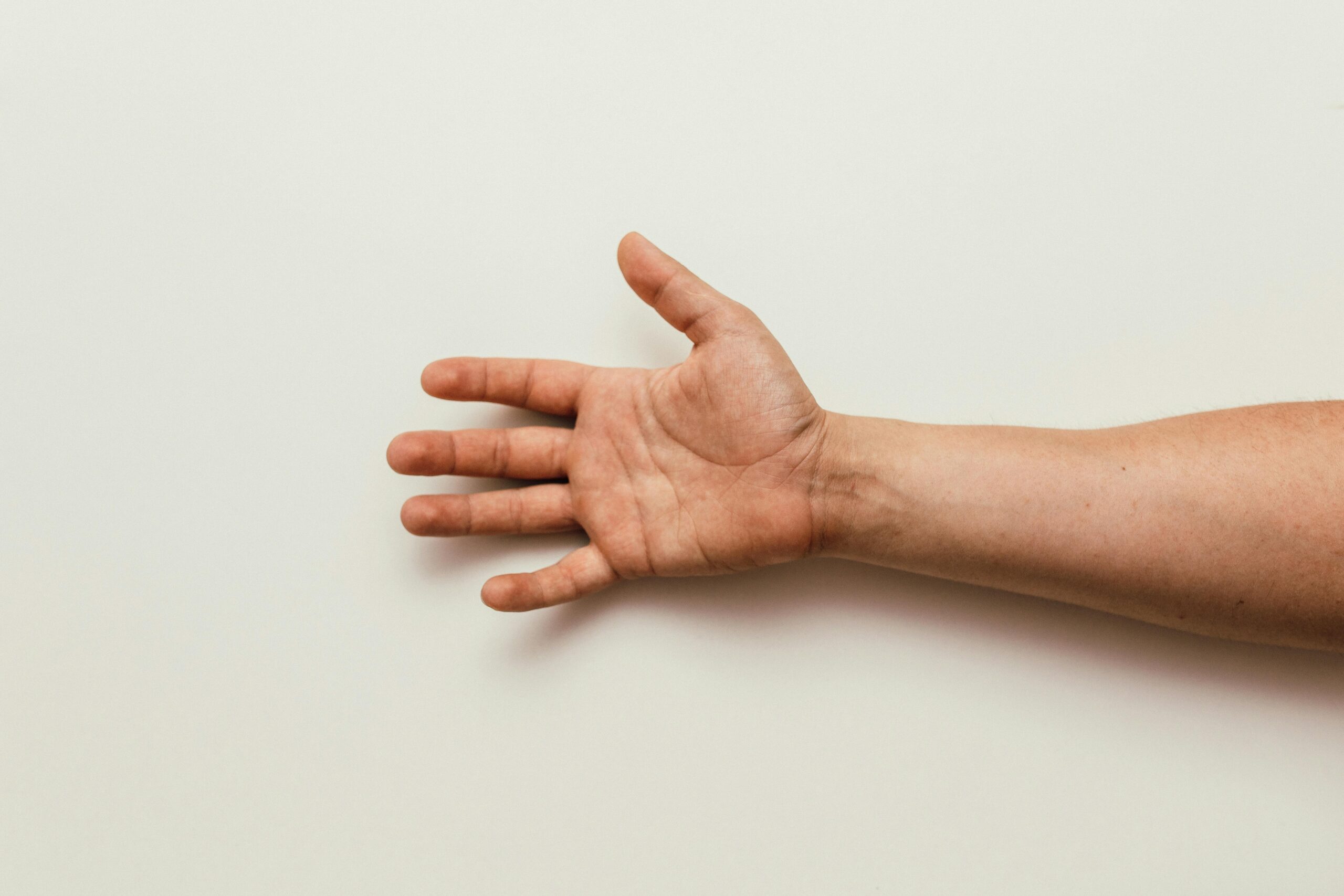How Can Physiotherapy Fix Your Shoulder Pain?

We use our shoulders more often than we realize. Most adults get shoulder pain because of this constant wear and tear of the shoulder joints. There are various other reasons why your shoulder might be hurting. Nevertheless, physiotherapy can help you manage the pain without having to depend on medications or surgeries. Exercises are one of the most common physical therapy treatments for shoulder pain. But, that’s not all. The physiotherapist assesses your condition and recommends the most suitable treatments.
What usually Causes Shoulder Pain?
It is easier to treat the condition when you know what’s causing it in the first place. There are two types of injuries- random and overuse.
Injuries due to sudden actions
You may get these if you land on your shoulder or fall abruptly all of a sudden. Examples include:
- Dislocation of shoulder joints
- Bruises
- Damaged rotator cuff
- Damaged tendons (disrupting the connection between muscle and bone)
- Torn ligaments (stabilizes the shoulder joint)
- Broken bones
- Injured nerves
- Stressed muscles
Injuries due to overuse
- Muscle strain
- Frozen shoulder
- Tendinitis (inflammation of the tendons)
- Bursitis (inflammation of the fluid sac)
These are just a glimpse of the causes you have shoulder pain. The safest way to determine the cause is through physiotherapy. The physical therapist uses effective techniques to detect the source and guides you through the recovery process.
Can Physiotherapy Help With Shoulder Injuries?
Yes, physiotherapy is an effective treatment for shoulder injuries or pain. The shoulder hurts because of the swelling, inflammation and stiffening of associated muscles and joints. Physical therapy focuses on reducing swelling and easing muscle stiffness and improving joint mobility. It does so through specific exercises and other natural treatments.
You cannot expect a one-medicine-fits-all approach at physiotherapy clinics. Each treatment is customized according to your health requirements, which is unique to every individual. Besides a tailor-made exercise regime, you may also receive advice on lifestyle changes to prevent the re-occurrence of injuries.
The best thing about physiotherapy is that it helps prevent surgeries. Senior citizens can opt for this treatment without having to worry about surgeries. It strengthens your body and helps it heal naturally but quicker.
What are the Physical Therapy Options for Shoulder Pain?
As mentioned earlier, the treatments differ from one person. However, the most common treatments are:
Stretching exercises
Lack of mobility is a common issue in shoulder pain. The stretching exercises can fix this problem by pulling the affected muscles further till you get your mobility back. The stretches usually target your spine and neck to provide you with optimum recovery.
Strengthening exercises
Shoulder pain is annoying since it may reoccur in the slightest case of carelessness. Thus, the physical therapist prescribes specific exercises to strengthen your core and prevent you from further injuries.
Manual therapy
With prolonged use of the shoulder in everyday activities, the associated joints and muscles get more prone to injury. The purpose of hands-on manual therapy is to relax your injured shoulder muscles and protect them from injuries.
Heat and cold application
The physical therapist may recommend this treatment if the pain is acute in your case. The heat pads reduce your pain and relax muscles. Applying ice, however, reduces the inflammation in the damaged areas.
Besides these, the physical therapist may also recommend other treatments such as joint mobilization, electrical stimulation, ultrasound, etc., depending on the severity of your condition. Any treatment has a higher chance of being effective if you opt for it as soon as you feel the symptoms.
Wrapping Up,
Shoulder pain can subside on its own in some cases. However, it is better to seek treatment if the pain persists after two days. Speaking of treatments, physiotherapy is one of the most effective and safest options. Each treatment is specific to each individual. The techniques mainly include exercises, heat and cold application, hands-on therapies, etc. The key to recovery is getting treatment as soon as possible.
Blog Categories
- Acupuncture Treatment (10)
- Ankle Sprain (1)
- Arthritis Treatment (1)
- Back Pain (23)
- Chiropractic Care (38)
- Tennis Elbow (1)
- Chronic Pain (5)
- COVID-19 (1)
- Custom Orthotics (6)
- Dizziness (4)
- Exercises (13)
- Foot Orthotics (6)
- Hamstring Stretches (2)
- Info Articles (3)
- Kids Injury (1)
- Laser Therapy (4)
- Massage Therapy (21)
- Neck Pain (16)
- Orthopedic (1)
- Osteoarthritis (5)
- Osteopathy (3)
- Pain Management (18)
- Physiotherapy Benefits (44)
- Physiotherapy Clinic (6)
- Physiotherapy Exercises (12)
- Physiotherapy Tips (25)
- Physiotherapy Treatment (100)
- Rotator Cuff (2)
- Shin Splints (1)
- Shoulder (2)
- Spine (4)
- Sports Physiotherapy (2)
- Uncategorized (1)
- Vestibular Physiotherapy (2)
- Work From Home (2)


